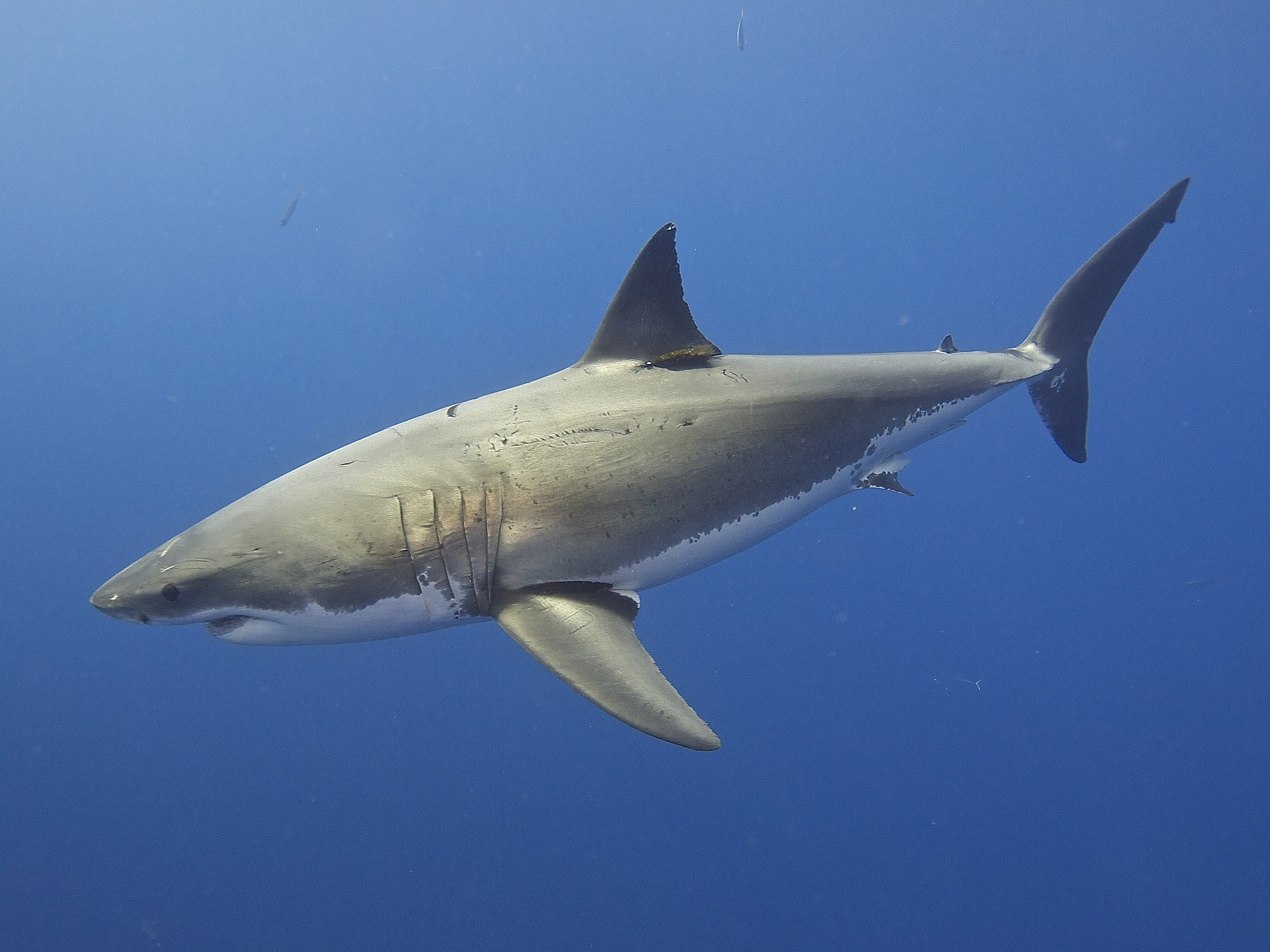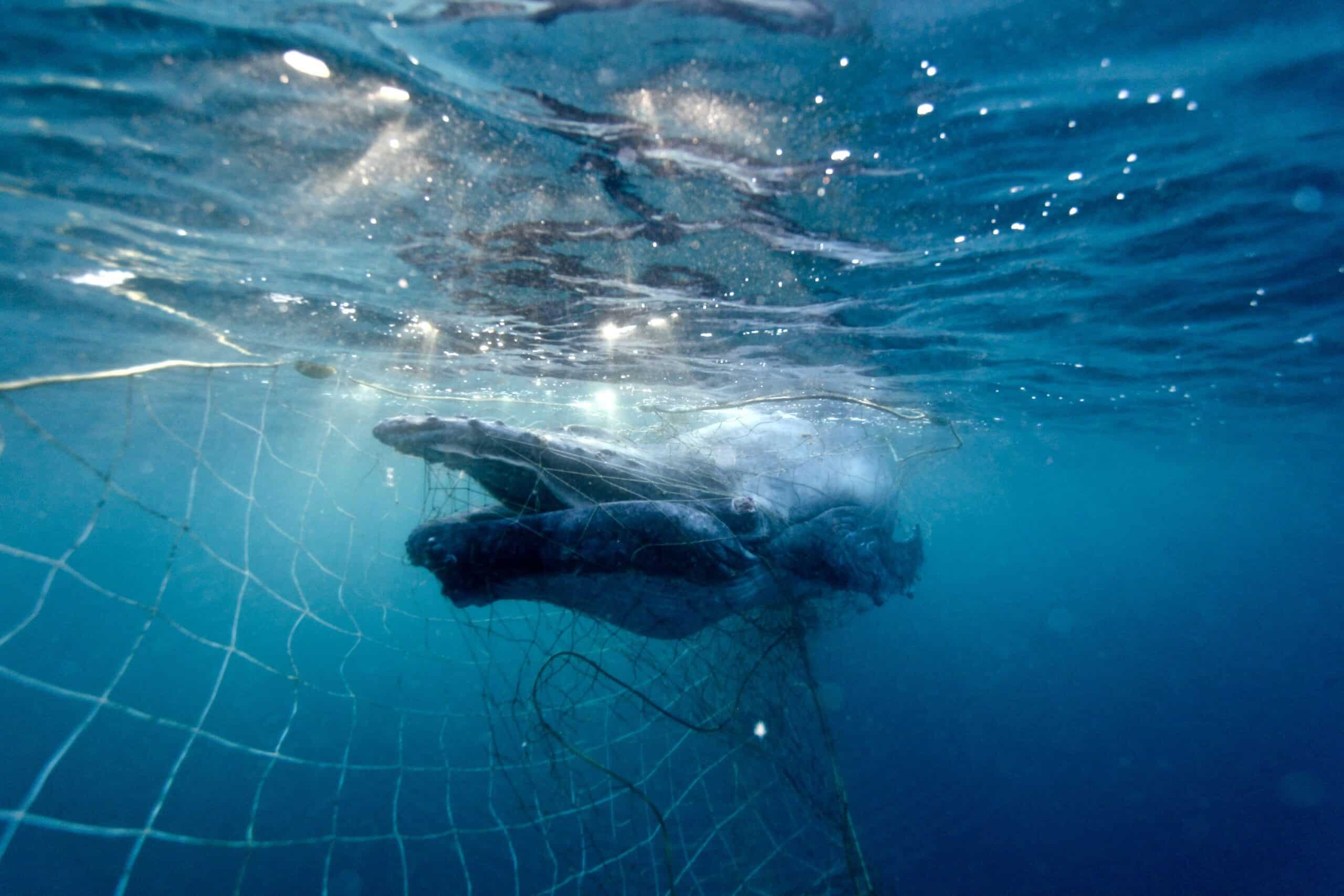Research shows that Australia’s great white sharks are highly related to each other and may consist of fewer than 500 breeding animals. SYDNEY, 24 June 2025: Latest research has found Australia’s great white shark population is much smaller than expected, increasing their vulnerability to further population threats. The population...
The new publication of The Action Plan for Australian Sharks and Rays 2021, which assesses the extinction risk of all Australia’s sharks and rays, can inform conservation efforts and lead to better outcomes for iconic species like critically endangered sawfish and endangered hammerheads, conservation groups say.
Compiled by the National Environmental Science Program (NESP) Marine Biodiversity Hub, the report is the first to comprehensively assess the extinction risk for all 328 species of sharks and rays found in Australian waters. The report also highlights where Australian efforts are failing and where adequately-funded research is improving conservation outcomes.
The Australian Marine Conservation Society (AMCS) and Humane Society International (HSI) welcomed the report saying it highlights serious conservation concerns not only for iconic sharks and rays but also lesser-known endemics like the whitefin swellshark, eastern angelshark and longnose skate – species found only in Australian waters.
AMCS shark scientist Dr Leonardo Guida said: “Although Australia’s population of sharks and rays are generally in better shape than in many other areas of the planet, the bar is perilously low. You only have to look at the fact that Australia still legally fishes endangered sharks and rays for meat and fins to realise that we have major problems in our backyard.”
Despite qualifying for Endangered status under national environment laws, Endangered scalloped hammerheads and school sharks are fished for their meat, commonly known by Australians as ‘flake’. Other species including the Critically Endangered whitefin swellshark and the Vulnerable eastern angel shark are also fished for meat, and there are no fishing rules in place to protect them despite their ongoing population declines.
Northern Australia is considered a global ‘lifeboat’ for Endangered and Critically Endangered sawfish but gillnet fishing, and plans to take significantly more water from critical river systems like the Daly in the Northern Territory, are driving these species closer to extinction.
Sawfish are easily tangled in gillnets and fishers have been known to cut off their distinctive rostrums (or ‘saws’), leading to a slow death. For the Critically Endangered freshwater – also known as largetooth – sawfish in particular, altered water flows for farming compounded by the climate crisis, are literally drying up critical nurseries for the species.
Lawrence Chlebeck, marine biologist with Humane Society International stated: “In order for legislative protections under the EPBC Act to be effective, the government must invest in comprehensive recovery actions. We are just now beginning to witness the benefits of two decades of recovery actions for the Critically Endangered grey nurse shark population on our east coast.
“Significant and sustained investment in recovery plans for all of our threatened shark and ray species is essential to turning their fortunes around. Additionally, there are threatened species such as the scalloped hammerhead and whitefin swellshark, which despite declining populations, have yet to receive protection from ongoing commercial exploitation.”
The assessment is not all bad news for Australia’s sharks and rays. It indicates that with adequate support and funding for research and management, conservation efforts are starting to show early but tentative signs of success for some species.
Though grey nurse sharks are still Critically Endangered on the east coast, recent, cutting-edge genetics estimates approximately 2,167 adults with an annual population increase of up to 4.5% per year, according to the NESP report. This is largely due to hard won protections of critical aggregation sites in NSW and Queensland.
In northern Australian rivers and estuaries, new populations of northern river and speartooth sharks have been discovered, lowering both their extinction risks to ‘Vulnerable’ from a respective ‘Endangered’ and ‘Critically Endangered’. Such research not only paints a more accurate picture of population numbers, but enables better targeting of future protection efforts.
AMCS and HSI caution, however, that a reduction in extinction risk does not mean species are by any means out of the woods or that protections should relax, rather that conservation efforts should be bolstered.
Mr Chlebeck added: “Sharks and rays are critical to ocean health because of the stabilising role they play in food webs. It’s encouraging to see that when adequate resources are provided we not only get a clearer picture of what challenges we need to address, but how to address them.”
Dr Guida said: “We’ve a long way to go. There are Critically Endangered species like the whitefin swellshark and longnose skate that have no protections in place – they’re our Aussie battlers and if we can’t save them, no one can. We need to make sure we have stronger environmental laws, and that all jurisdictions ensure threatened species receive necessary protections so that we have healthy oceans into the future.”
AMCS and HSI congratulate the NESP Marine Biodiversity Hub for its important work compiling the scientific knowledge to date and providing a roadmap for the future conservation and recovery of Australia’s imperilled sharks and rays.


